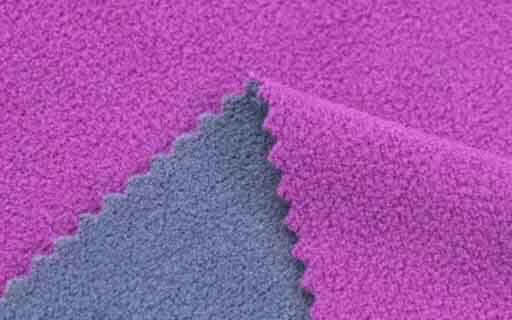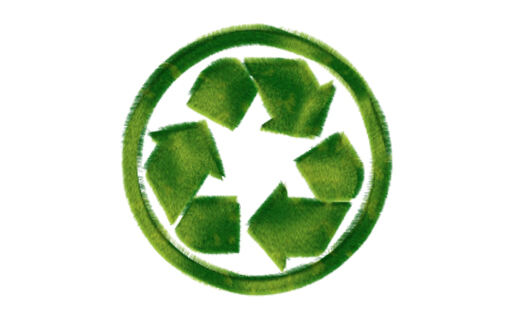
Composite fleece fabric is a type of textile that combines two or more layers of different materials to create a fabric with enhanced properties such as warmth, durability, and comfort. It often features a soft, insulating fleece layer bonded with another material like polyester or spandex.
· Warmth: The fleece layer provides excellent insulation, keeping the wearer warm in cold conditions.
· Durability: The composite structure enhances the overall strength and longevity of the fabric.
· Comfort: It offers a soft, plush feel against the skin, making it comfortable to wear.
· Moisture Wicking: Many composite fleece fabrics are designed to wick moisture away from the body, keeping the wearer dry.
· Flexibility: The addition of materials like spandex can provide stretch, allowing for better movement and fit.
Composite fleece fabric is made by bonding a layer of fleece to another material, often using adhesives or lamination processes. The specific construction method can vary depending on the desired properties of the final product.
· Outdoor Clothing: Jackets, hoodies, and pants designed for cold weather activities.
· Athletic Wear: Sportswear that requires both warmth and flexibility.
· Casual Wear: Everyday clothing items like sweatshirts and sweatpants.
· Blankets and Throws: Soft, warm blankets for home use.
· Accessories: Hats, gloves, and scarves for added warmth.
· Washing: Machine wash in cold water on a gentle cycle. Avoid using fabric softeners, as they can reduce the fabric’s moisture-wicking properties.
· Drying: Tumble dry on low heat or air dry. Avoid high heat to prevent damage.
· Ironing: Typically, ironing is not necessary. If needed, use a low heat setting and place a cloth between the iron and the fabric.
· Storage: Store in a cool, dry place. Avoid long-term exposure to direct sunlight to prevent fading
The environmental impact of composite fleece fabric depends on the materials used and the manufacturing process. Some composite fleece fabrics are made from recycled materials, which can reduce their environmental footprint. However, like many synthetic fabrics, they can contribute to microplastic pollution when washed.

Recycling composite fleece fabric can be challenging due to the different materials bonded together. However, some specialized recycling programs can handle such textiles. It's best to check with local recycling facilities for specific guidelines.
Yes, composite fleece fabrics can vary in terms of thickness, stretch, water resistance, and other properties. Some common variations include:
· Stretch Fleece: Incorporates spandex for added flexibility.
· Water-Resistant Fleece: Treated or bonded with a water-resistant layer.
· Windproof Fleece: Designed to block wind while retaining warmth.
How can l send the files?
You can send files by email: [email protected].
Can l order a custom printed fabric with my design to sample?
That’s possible, we accept custom one-stop service.
How long will the sample or bulk production last?
Make sample need about 5-7days, bulk production need to be negotiated, usually need 15 days.
Can l get custom printed on both sides?
Yes, that’s possible.
Can l get custom color?
Yes, that’s possible.
Is there any minimum order for my custom order?
Usually the MOQ need more than 500KG.
Considerations
· Cost: Customization often comes with a higher cost, especially for small orders.
· Minimum Order Quantity (MOQ): Many manufacturers have MOQs(500kg-1000kg) that need to be met.
· Lead Time: Custom orders can take longer to produce, so plan accordingly. (15days)
· Solid Colors: You can choose from a wide range of solid colors. Many manufacturers offer a standard palette, but custom color matching is also possible for specific needs.
Custom Colors: For bulk orders, custom colors can be created to match exact specifications.

This typically involves dyeing the fabric according to Pantone or other color standards.
· Seasonal and Trend Colors: Suppliers often offer colors based on current fashion trends or seasonal collections. These might include seasonal shades or limited-edition colors.
· Printed Patterns: Composite fleece fabrics can feature various printed patterns such as stripes, plaids, camo, or abstract designs. The printing process used can impact the pattern’s quality and durability.
· Jacquard Patterns: Jacquard weaving allows for intricate patterns to be woven directly into the fabric. This is more durable than printed patterns but might be less flexible in terms of complex designs.
· Custom Patterns: Custom patterns can be designed and applied, but this often requires additional setup and may involve minimum order quantities. This includes logos, graphics, or unique designs.
· Textured Patterns: Some composite fleece fabrics feature textures or embossed patterns created through the fabric’s construction or finishing processes.

Copyright © Rarfusion (Shaoxing) International Trade Co., Ltd. All Rights Reserved - Privacy Policy